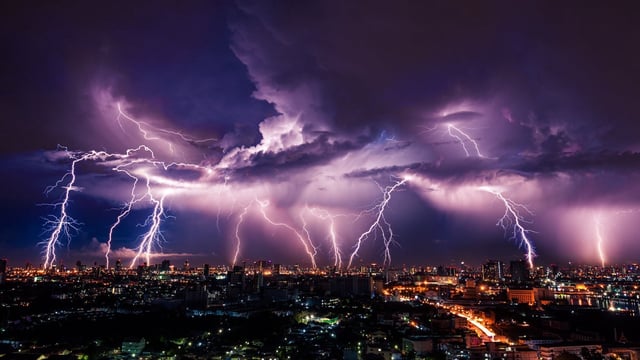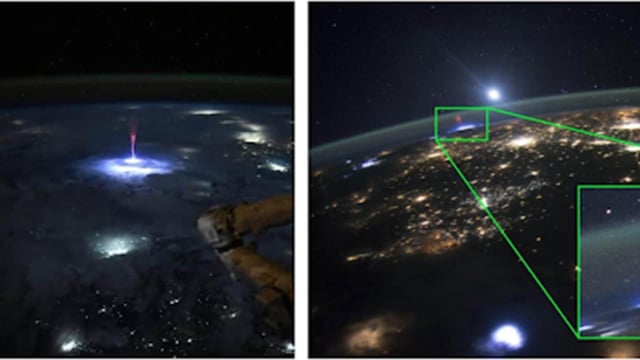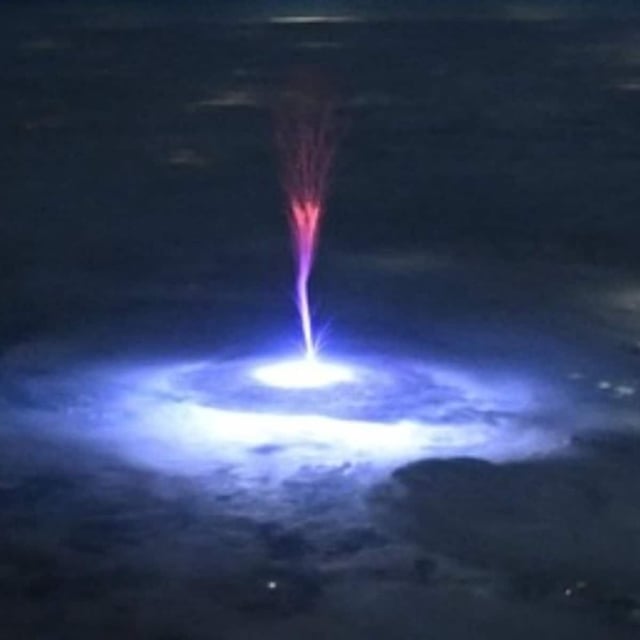Overview
- NASA published on August 18 photographs taken in June by ISS astronauts showing red sprites and blue jets at altitudes of roughly 50–90 km above thunderstorm clouds.
- The Atmosphere–Space Interactions Monitor aboard the ISS has been systematically observing these transient discharges since 2018.
- Some TLEs can produce millisecond-long gamma-ray flashes energetic enough to briefly irradiate aircraft with doses comparable to a chest X-ray.
- Scientists are combining ISS photography with ASIM measurements to quantify effects on ionospheric chemistry, radio communications and flight safety.
- No definitive operational changes or confirmed widespread hazards have been reported as analysis of the imagery and data continues.


